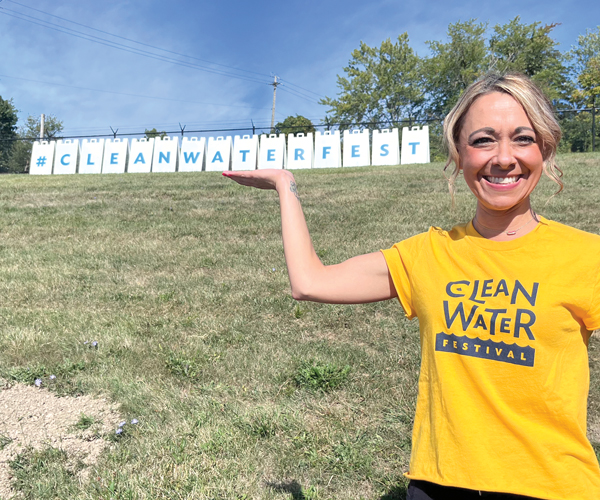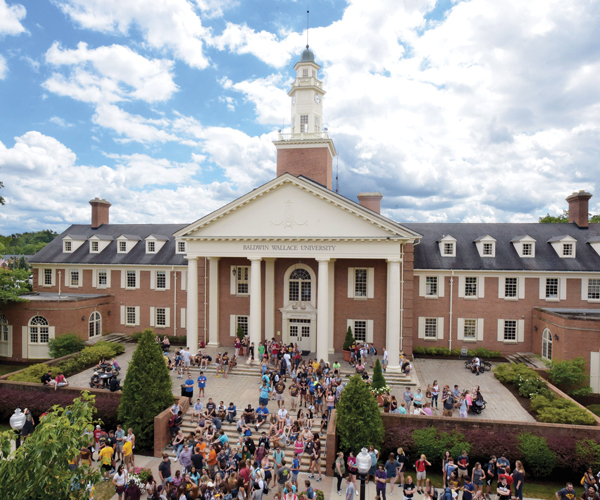2020 is here, and not since the Roaring ‘20s of a century ago has the appetite for city life been so strong. With some long-awaited wind in its sails, Cleveland is positioned to leverage the natural features that make it unique: our great Lake Erie and the Cuyahoga River.
Recently, more than 100 lakefront advocates packed the Harp in Ohio City to celebrate the 15th anniversary of the Cleveland Lakefront Plan, highlight the work that has transformed Cleveland’s waterfront experience in recent years and focus on future opportunities.
The widely recognized game changer in the room was Cleveland Metroparks. Since taking over the lakefront parks from the state of Ohio in 2013 and creating the Cleveland Lakefront Reservation, the Cleveland Metroparks has improved just about every stretch in its domain from Euclid Beach to Edgewater.
Likewise, along the Cuyahoga River, the commitment by state and regional agencies to clean our American Heritage River has led to a resurgence of rowers and paddlers and the return of migratory birds like the Great Blue Heron. With the soon to be completed Towpath Trail, joggers and bicyclists are due to return in droves. Hats off to the nonprofit Canalway Partners for completing the trail and to Cleveland City Planning for its recent launch of the Cuyahoga Vision for the Valley Plan.
Planning for a more active waterfront in Cleveland is nothing new. The Landmark Group Plan of Daniel Burnham thrust a city organized around Public Square toward its lake in the early 1900s, but a railroad built in the 19th century, an airport opened in 1946 and an eight-lane highway completed on the East Side in 1953 still exist as barriers between Cleveland neighborhoods and the lake.
Ironically, some of our best lakefront access was temporary. For two glorious years in 1936 and 1937, our city welcomed 7 million visitors to the Great Lakes Exhibition, where the tracks between the city’s civic district and its harbor front were bridged, and pedestrians were welcomed to the lake along grand esplanades.
As the civic compass turns back to cities, a moral compass needs to further connect our city to its waterfront. Consider these connection opportunities:
→ 1. A connected Cuyahoga River Park System that could include the Towpath Trail, Canal Basin Park, Irishtown Bend Park, the Cleveland Foundation Centennial Trail, Whiskey Island, Edgewater Park, the Lakefront Bike Trail and an Old River Channel Park at the base of Lakeview Terrace in Ohio City.
→ 2. A completed harbor front utilizing the 20 acres north of FirstEnergy stadium and building the pedestrian bridge over the Shoreway called for in plans since 1946 and a revitalized East 9th Street Pier, which may require the support of our congressional representatives in order to advocate for the relocation of the Army Corps of Engineers, the Coast Guard and the Naval Training Center to more suitable locations rather than behind chain link fence across from the Rock and Roll Hall of Fame.
→ 3. An Eastside Access Plan beginning at the perimeter of Burke. Since 2000 Burke Lakefront Airport has witnessed a 65 percent reduction in flight operations, giving reason to explore the alternatives. After the decommissioning of the FirstEnergy plant at East 72nd Street, a great opportunity has presented itself to move I-90 off the waterfront to promote a more unified Gordon Park. This is a matter of equity rooted in the need to finally rebuff the era that gave cars the inner lane to lakefront access and ignored pedestrian and East Side neighborhood access.
We have the pro-city momentum to make the big moves now to sustain a dynamic future for generations of Clevelanders. Let’s move on it.




